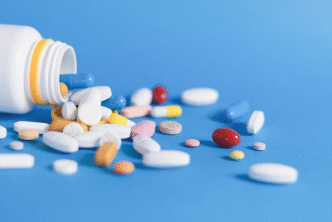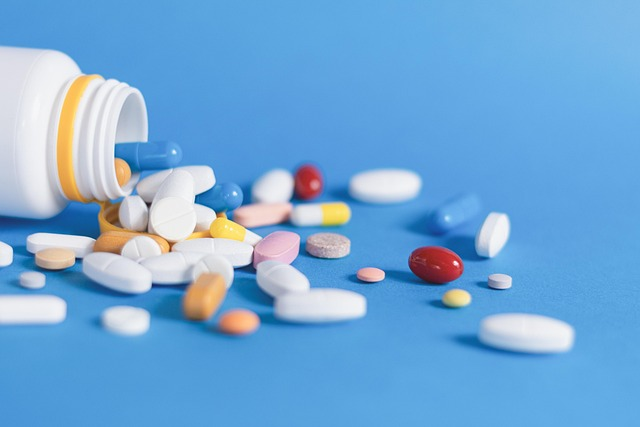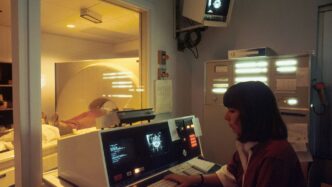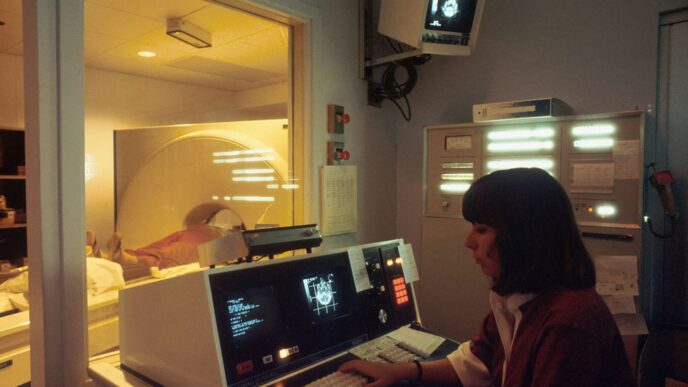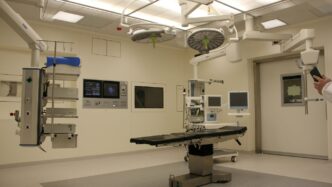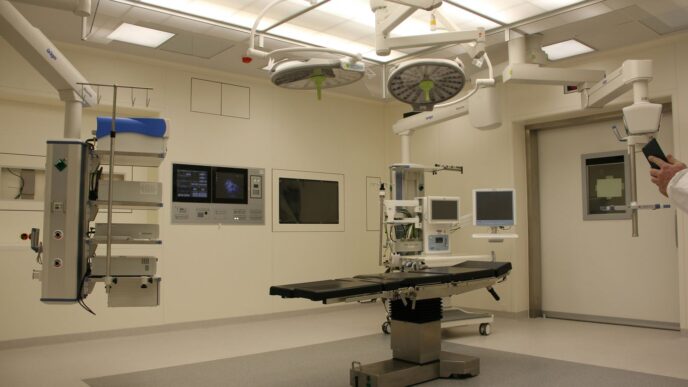Introduction
Medications prescribed to heal can sometimes lead to unintended dependency. Prescription misuse often begins with legitimate medical needs, escalating quietly until it spirals out of control. This article examines how and why misuse occurs—and what steps individuals can take to break the cycle.
Pathways to Misuse
Common routes into prescription dependency include:
- Extended Post-Surgical Use: Pain medications continued beyond the recovery period.
- Off-Label Self-Medication: Using muscle relaxants or sedatives for stress relief.
- Social Sharing of Medications: Accepting pills from friends or family without prescription.
Each pathway normalizes use and conceals the risk of tolerance development.
Biological Underpinnings
Prescription drugs alter neurotransmitter systems:
- Opioids: Bind μ-receptors, flooding the reward center with dopamine.
- Benzodiazepines: Enhance GABA, producing sedation and anxiety relief.
- Stimulants: Boost dopamine and norepinephrine, creating focus and euphoria.
Repeated exposure leads to neurochemical imbalances and withdrawal symptoms.
Early Warning Signs
Recognizing dependency early prevents severe outcomes:
- Increasing Dosages: Taking more than prescribed or seeking early refills.
- Doctor Shopping: Visiting multiple providers to obtain additional prescriptions.
- Behavioral Shifts: Secretive use, mood swings, and neglecting responsibilities.
Professional assessment is crucial at the first sign of these behaviors.
Intervention and Treatment
Breaking prescription dependency requires comprehensive care:
- Medical Detoxification: Supervised tapering or substitution to manage withdrawal safely.
- Behavioral Therapies: CBT and Motivational Interviewing to address psychological triggers.
- Holistic Support: Nutrition counseling, exercise, and stress-reduction techniques.
- Medication-Assisted Treatment (MAT): Using buprenorphine or naltrexone for opioid prescriptions.
This multi-pronged approach addresses both physical and mental health.
Many people develop a substance dependency from medications that were originally intended to heal; find out more about how prescription drug misuse can spiral into addiction and learn what steps to take if it happens to you or a loved one.
Sustaining Recovery
Post-treatment supports include:
- Outpatient Therapy: Continuing CBT or DBT to reinforce coping skills.
- Peer Support Groups: Meetings specifically for prescription drug recovery.
- Family Education: Training loved ones to provide balanced support.
Ongoing care reduces relapse risk and fosters lasting change.
Conclusion
Prescription misuse often unfolds quietly but can escalate into serious addiction. Awareness of warning signs and pursuit of tailored treatment—blending medical detox, therapy, and holistic care—are key to regaining control. Early action and comprehensive support pave the way from dependency back to health.

